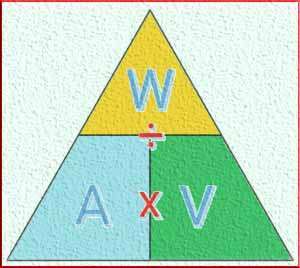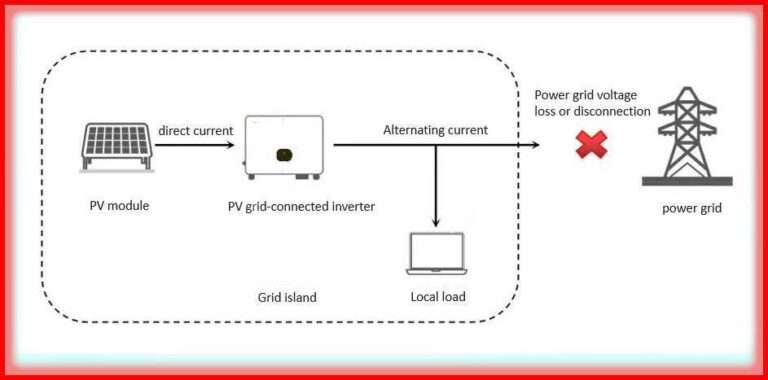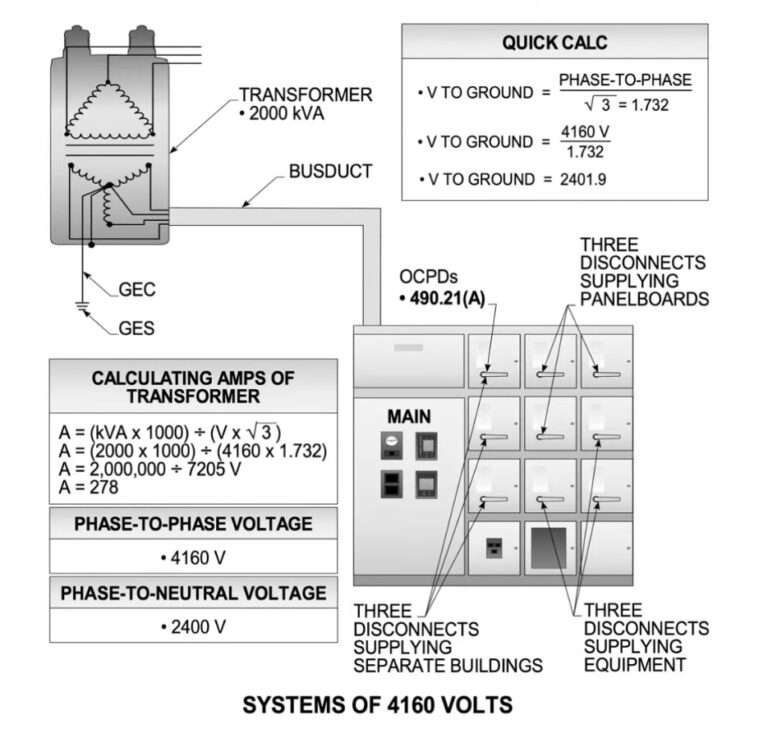Difference Between IEC Standards and IEEE: A Comparative Guide
When working with electrical and electronic systems, you will often hear about IEC and IEEE standards. These two sets of standards play a major role in ensuring safety, efficiency, and compatibility in engineering and technology worldwide. But what is the actual difference between IEC standards and IEEE? This guide provides a clear comparison for engineers, technicians, and professionals seeking to make informed decisions in system design and compliance.

Understanding the Basics: What are IEC and IEEE Standards?
Before exploring the difference between IEC standards and IEEE, it’s essential to understand what these standards represent.
IEC (International Electrotechnical Commission) is a global organization that prepares and publishes international standards for electrical, electronic, and related technologies. These standards are recognized and adopted in many countries, especially in Europe, Asia, and parts of Africa.
IEEE (Institute of Electrical and Electronics Engineers), on the other hand, is a US-based professional association. It develops and promotes widely used technical standards, especially in North America. IEEE standards are known for their strong focus on innovation, especially in power systems, electronics, and computing.
Both bodies aim to promote interoperability, safety, and quality. Yet, their scope, approach, and regional influence vary significantly.
Key Difference Between IEC Standards and IEEE
One major difference between IEC standards and IEEE lies in their global reach and philosophy. IEC focuses on international harmonization. IEEE emphasizes technology advancement and research-based innovation.
Below is a detailed comparison to highlight their distinct characteristics.
Scope and Global Influence
| Aspect | IEC Standards | IEEE Standards |
|---|---|---|
| Coverage | Global (Europe, Asia, Africa) | Primarily North America, global adoption in some sectors |
| Recognition | Backed by most national bodies | Strong in US, growing international presence |
| Application Areas | Broad: power, automation, electronics | Focused: power systems, computing, telecommunications |
Standard Development Approach
| Aspect | IEC Standards | IEEE Standards |
|---|---|---|
| Formation Process | Consensus-based among member countries | Led by industry experts and research bodies |
| Committee Structure | National committees and working groups | Technical societies and working groups |
| Speed of Development | Slower, due to consensus building | Faster, with industry-driven innovation |
Technical Depth: Difference Between IEC Standards and IEEE in Power Systems
When it comes to power systems engineering, both IEC and IEEE have detailed standards. But their methodologies differ.
Voltage and Current Ratings
In IEC systems, voltage ratings follow the 400/230V standard for three-phase and single-phase systems. In contrast, IEEE standards typically use 480/277V or 208/120V systems, common in the US. This affects transformer design, motor ratings, and even circuit breaker selection.
IEC uses RMS values as standard, while IEEE may refer to average or peak values depending on context. This is a critical difference for protection engineers and system designers.
Protective Relaying
In the area of protection systems, the difference between IEC standards and IEEE becomes highly technical.
- IEC 60255 is the go-to standard for protection relays under IEC.
- IEEE C37 series deals with protective relaying under IEEE.
While both aim for similar protection goals, IEC tends to focus more on international coordination and modularity. IEEE, on the other hand, often dives deeper into specific relay algorithms and real-time analysis.
Fault Current Calculation
IEC follows symmetrical components and prescribes methods in IEC 60909 for short-circuit current calculations. IEEE uses the ANSI C37 standard, offering its own formulas and system modeling approach.
For example:
- IEC considers the system X/R ratio in a more detailed way.
- IEEE often uses standard tables for typical X/R ratios.
This difference impacts the way you size switchgear, fuses, and cables.
Testing and Certification: Another Major Difference Between IEC Standards and IEEE
Another important difference between IEC standards and IEEE is how testing and certification are handled.
IEC standards are often directly linked with third-party certification bodies like TÜV, Intertek, or UL (when adapted). This global conformity ensures the equipment meets safety and performance criteria.
IEEE standards typically do not mandate certification. Compliance is often declared by manufacturers, especially in the US. However, this doesn’t mean IEEE standards are less reliable. In fact, they are extremely detailed and technically robust.
Industrial Adoption: Where Each Standard Dominates
IEC Adoption
- Widely followed in Europe, Asia, and Africa
- Used in solar systems, substation automation, and industrial control systems
- Required for CE marking and export to the EU
IEEE Adoption
- Dominant in North America
- Preferred in utilities, data centers, and research-driven projects
- Common in advanced communication systems and smart grid applications
Design Philosophy: Difference Between IEC Standards and IEEE in Engineering Practice
Designers must understand the underlying philosophy behind each standard.
- IEC emphasizes safety, interoperability, and modular design. It’s structured to allow flexibility across countries.
- IEEE focuses on technical advancement and real-world testing. It’s innovation-driven and often quicker to adopt new technology.
For example, in the design of a GIS (Gas Insulated Substation), IEC may prioritize environmental factors, while IEEE would dive deeper into sensor integration and digital communication.
Compatibility and Interoperability
One more difference between IEC standards and IEEE is how they handle device compatibility.
IEC standards are designed to ensure plug-and-play interoperability across countries and manufacturers. IEEE devices, while advanced, may sometimes require adaptation to ensure they work in IEC-dominated systems.
Choosing Between IEC and IEEE Standards
Your choice will depend on several factors:
- Location of your project
- Customer or regulatory requirements
- Technical depth and innovation needs
- Time-to-market and speed of development
For international projects, using IEC ensures easier regulatory compliance. For R&D-heavy or cutting-edge solutions, IEEE often provides deeper technical guidance.
Summary Table: IEC vs IEEE Standards
| Feature | IEC Standards | IEEE Standards |
|---|---|---|
| Origin | Europe (Switzerland-based) | United States |
| Coverage | Global | Primarily North America |
| Certification | Mandatory third-party testing | Self-declared in many cases |
| Focus | Safety, compatibility | Innovation, performance |
| Typical Usage | Commercial, industrial projects | Utilities, research institutions |
| Document Format | Formal, structured, slower to update | Technical, flexible, faster to update |
Final Thoughts on the Difference Between IEC Standards and IEEE
Understanding the difference between IEC standards and IEEE is not just about terminology or geography. It’s about choosing the right framework to ensure safety, performance, and compliance in your engineering projects. IEC offers global conformity and safety-first designs. IEEE delivers innovation and detailed analysis tools.
Engineers who understand both can design systems that meet international needs, deliver higher efficiency, and comply with both regional and global standards. In today’s interconnected world, a hybrid approach is often the most practical—leveraging the global strength of IEC with the technical depth of IEEE.
Follow Us on Social:
Subscribe our Newsletter on Electrical Insights to get the latest updates in Electrical Engineering.
#IECStandards, #IEEEStandards, #IECvsIEEE, #ElectricalStandards, #EngineeringStandards, #PowerSystems, #ElectricalEngineering, #GlobalStandards, #IEEEvsIEC, #Standardization, #IEC60034, #IEEE519, #IECCompliance, #TechnicalStandards, #EngineeringDifference





